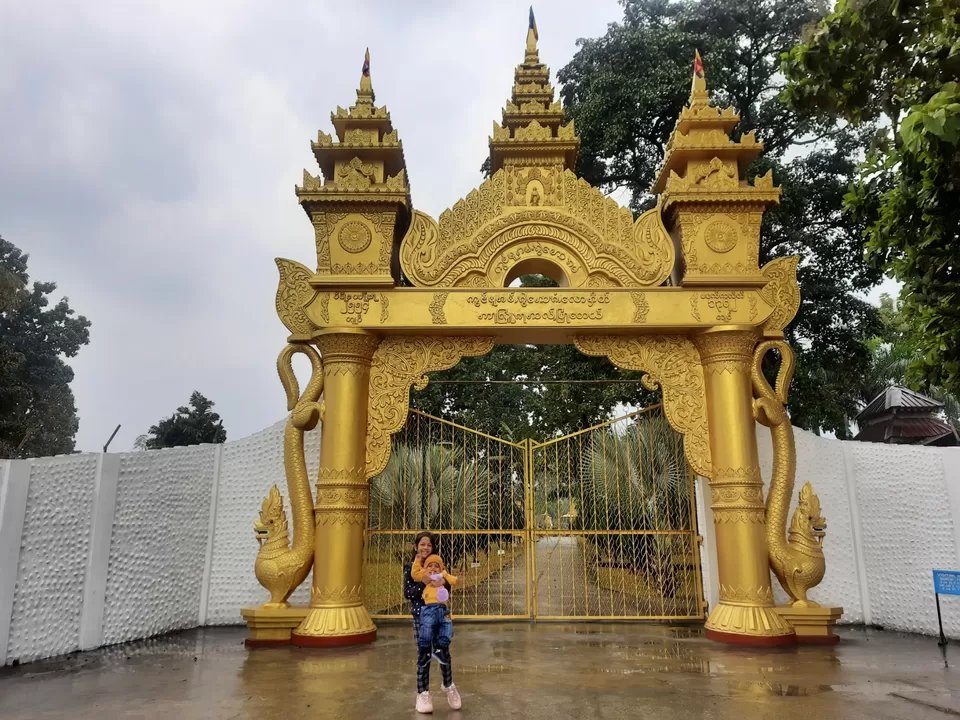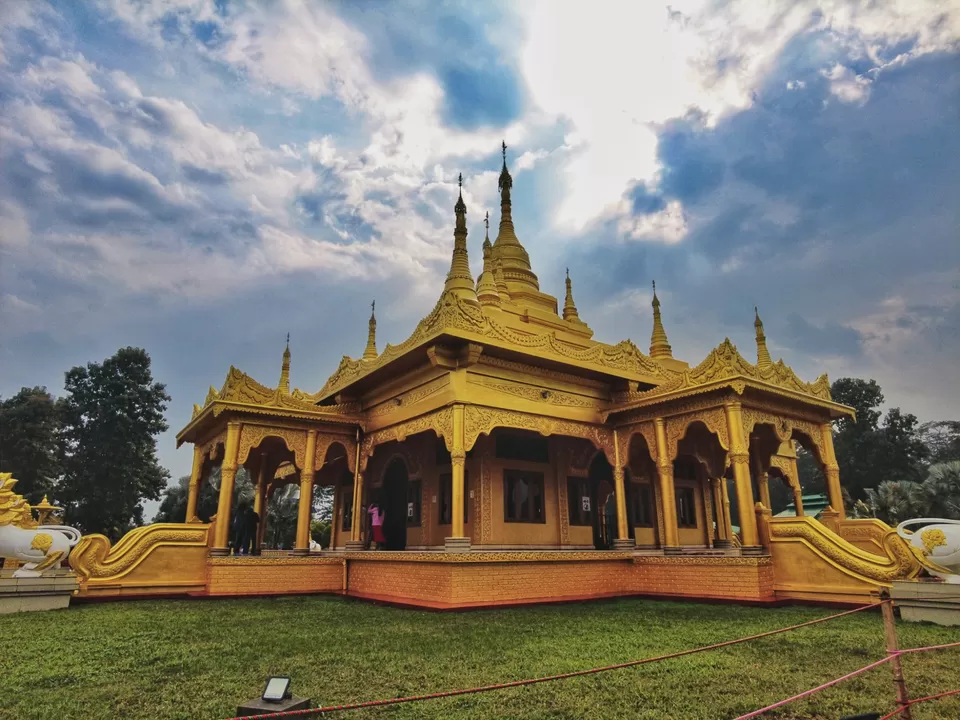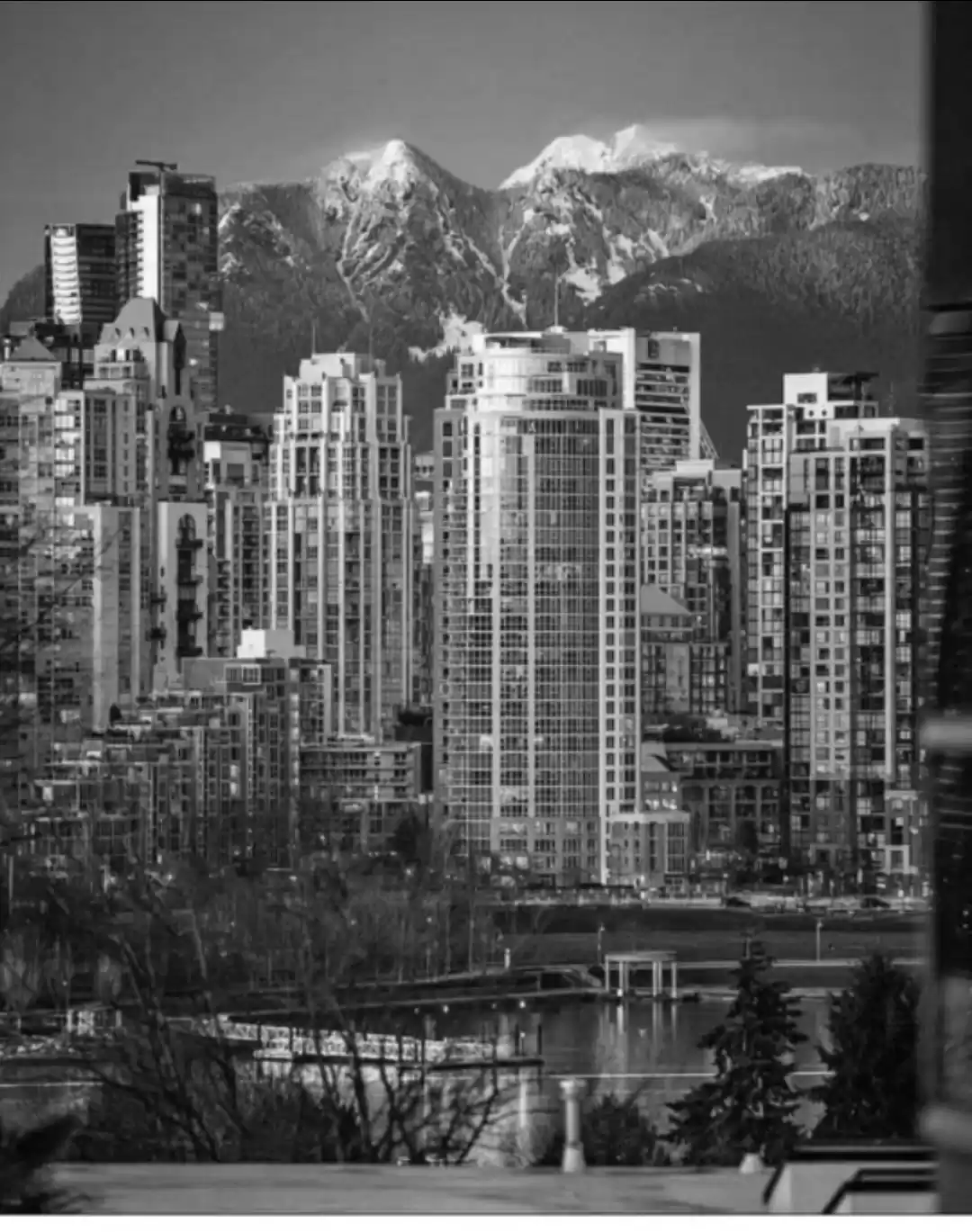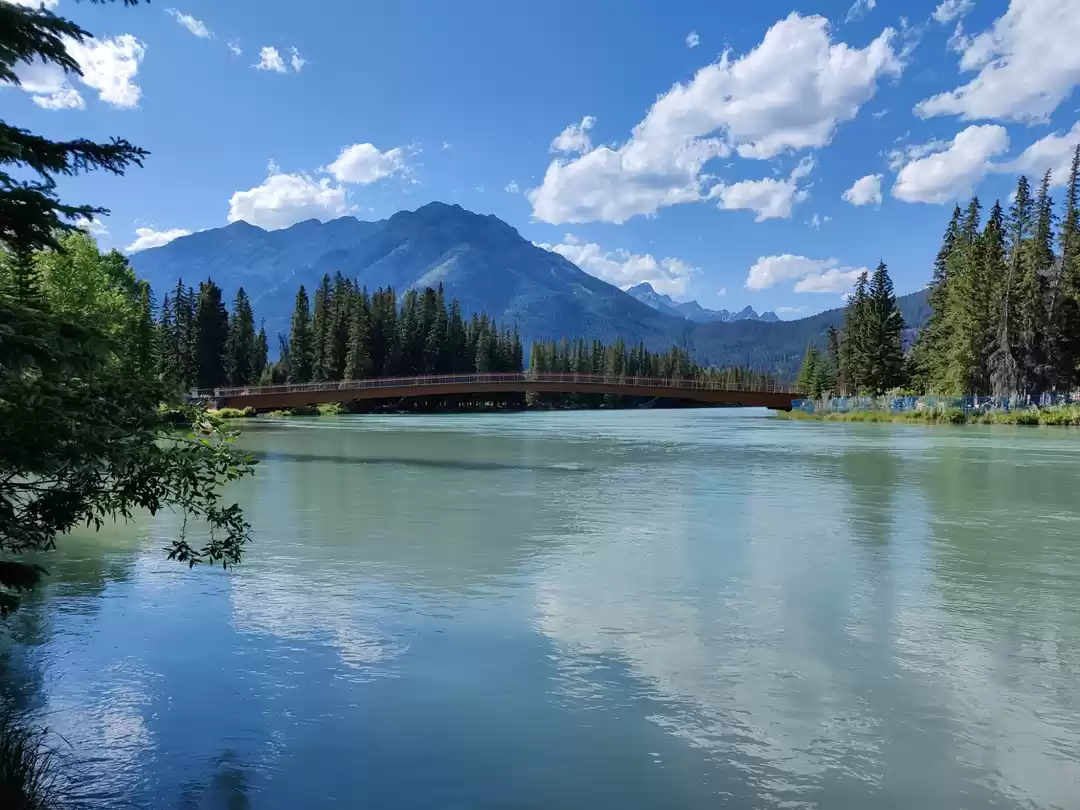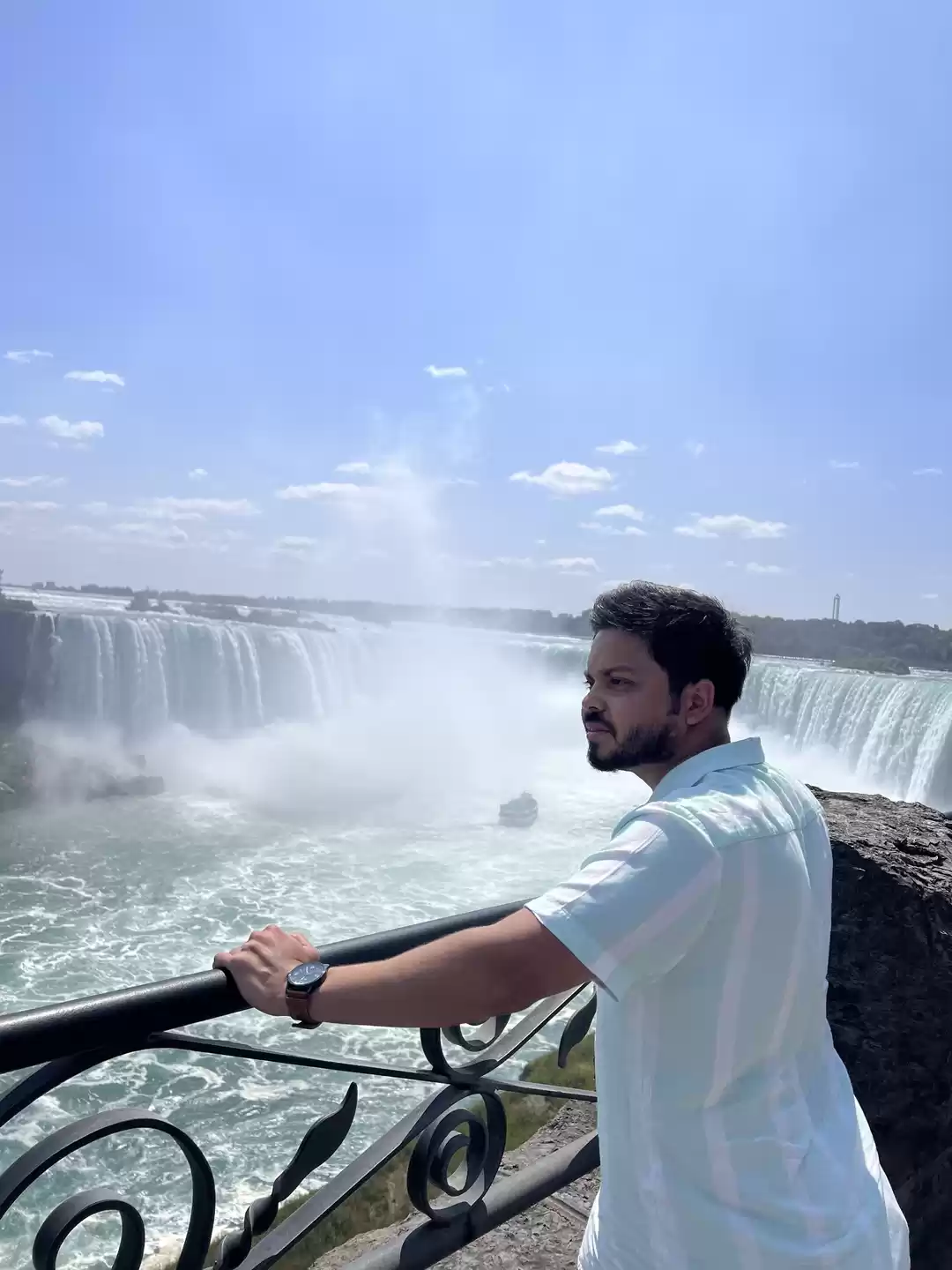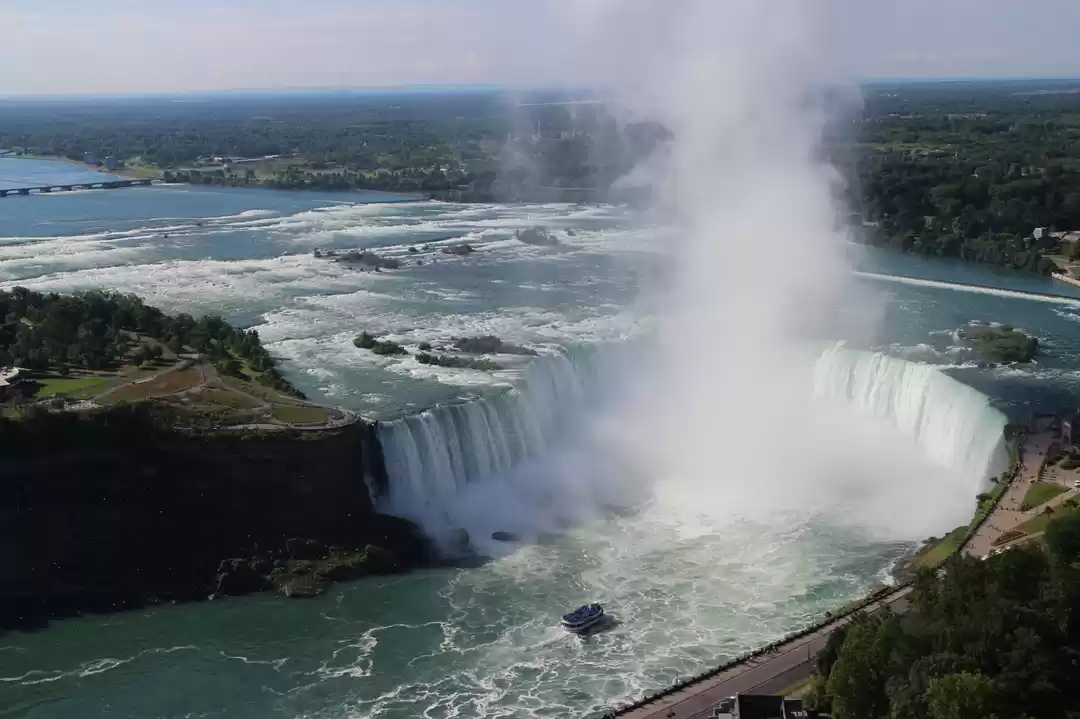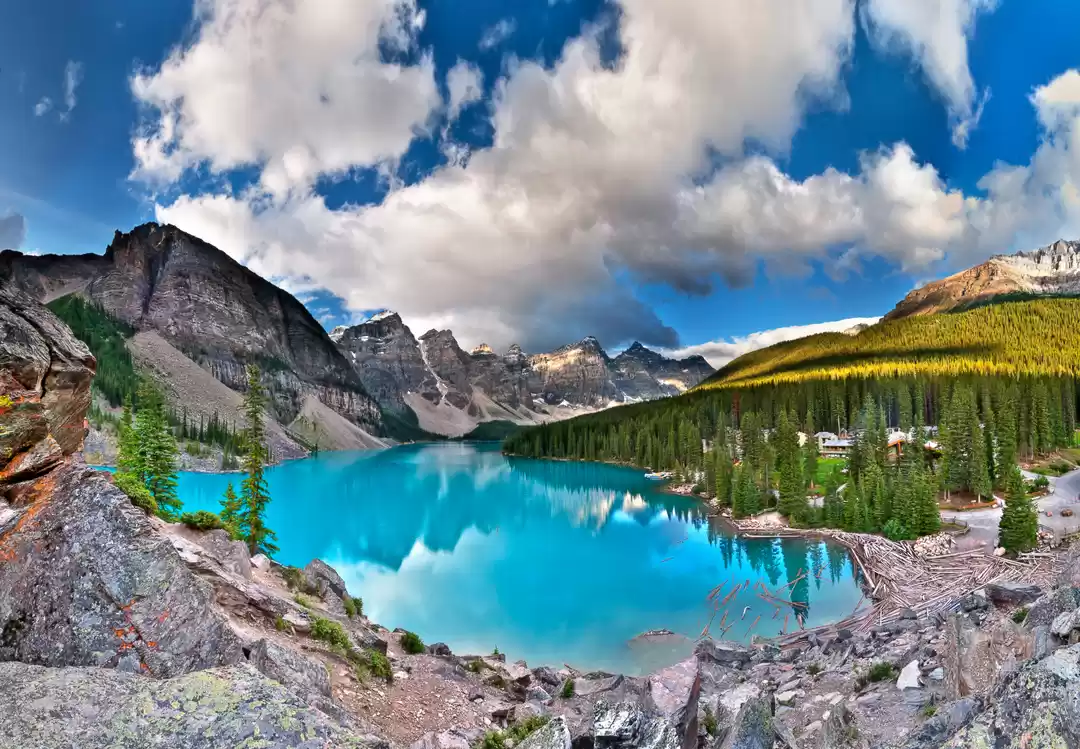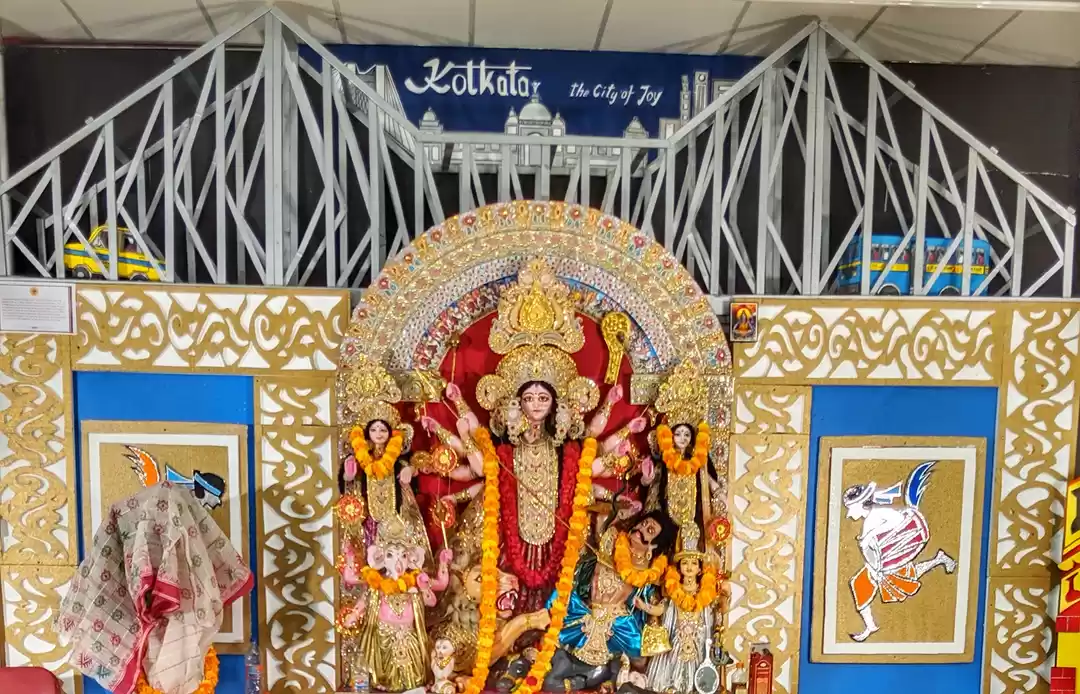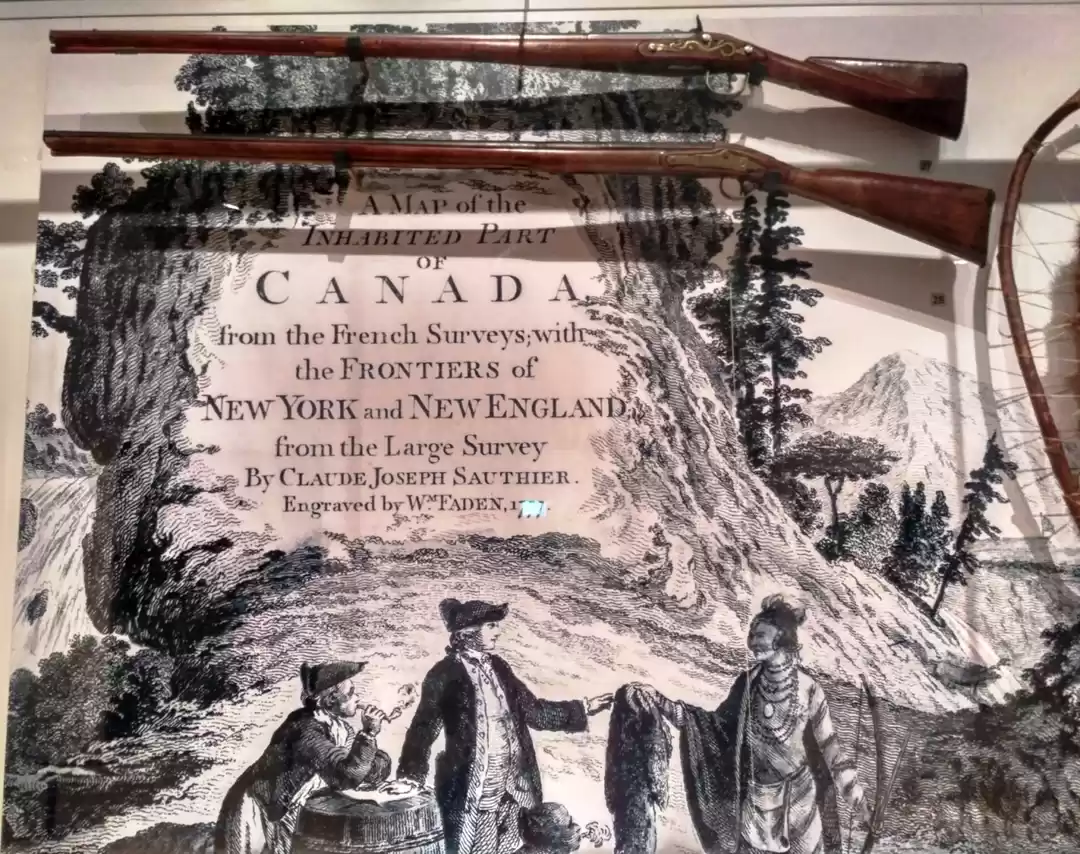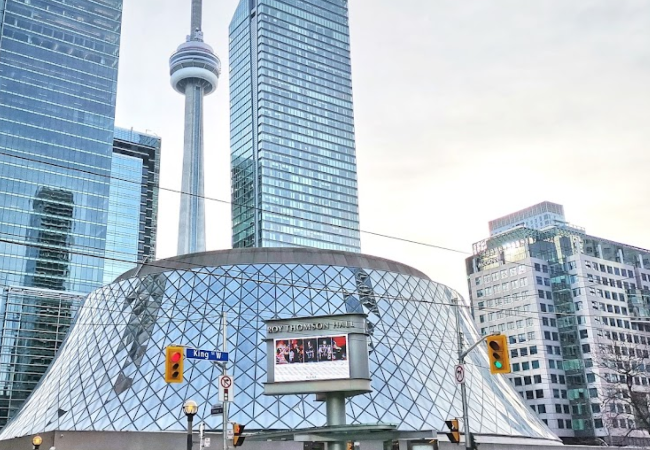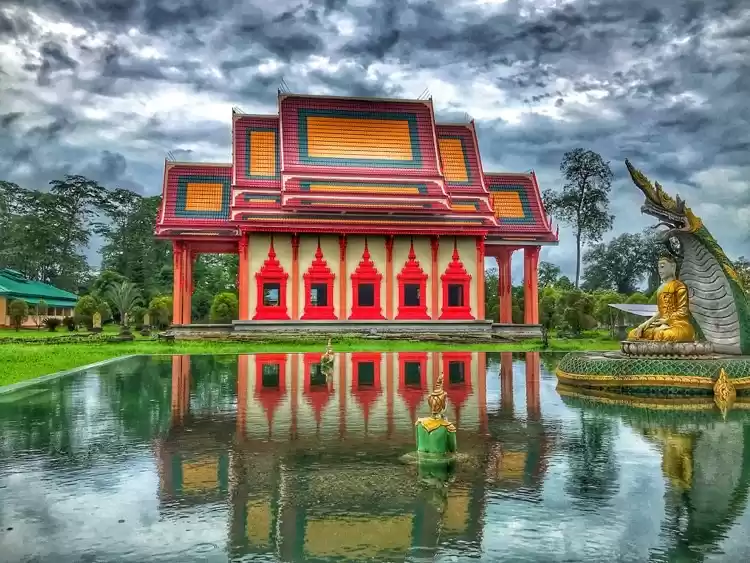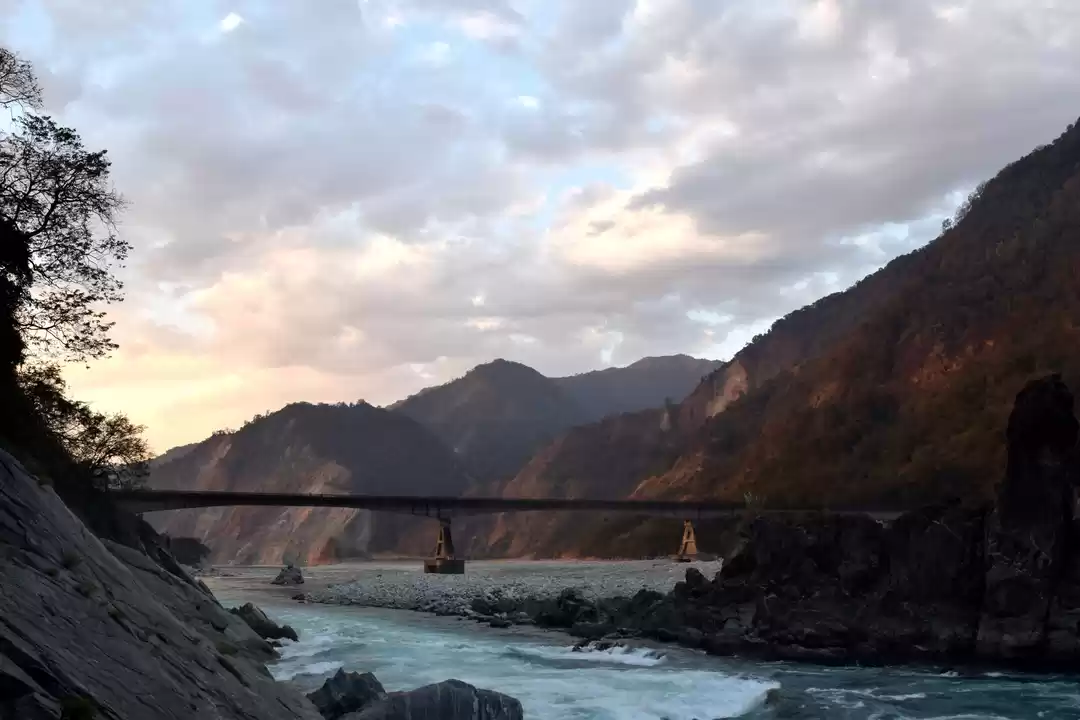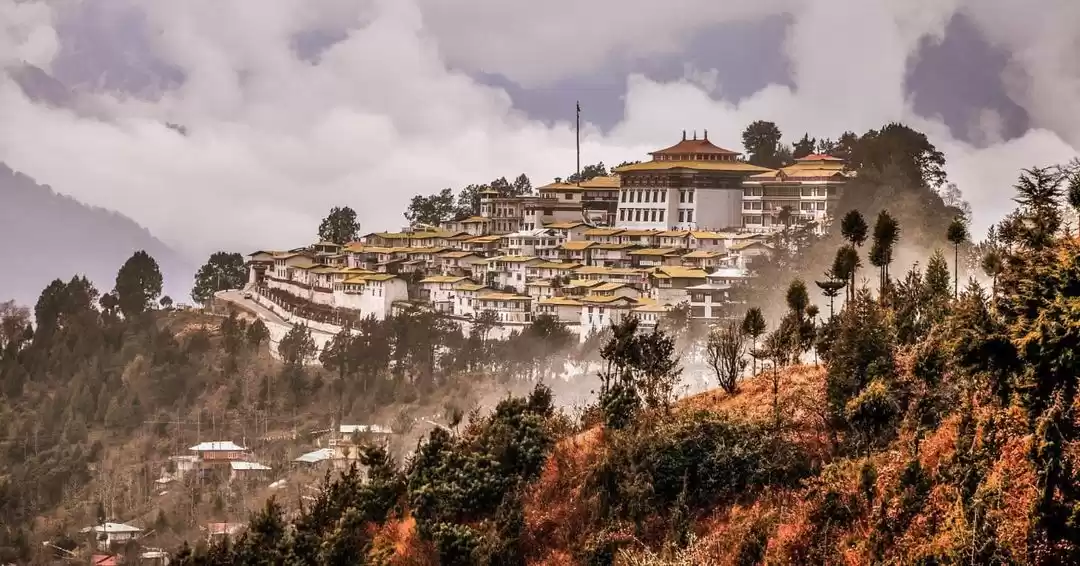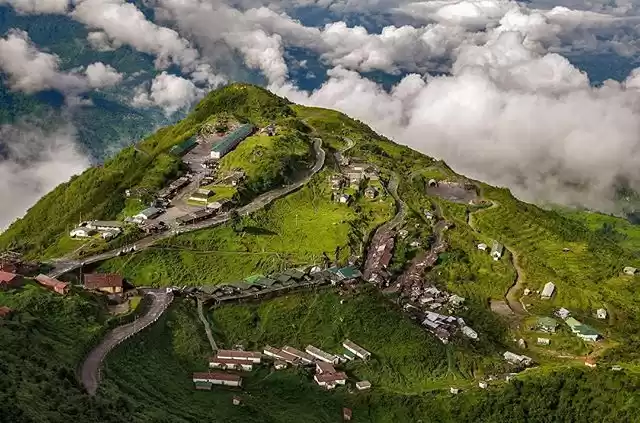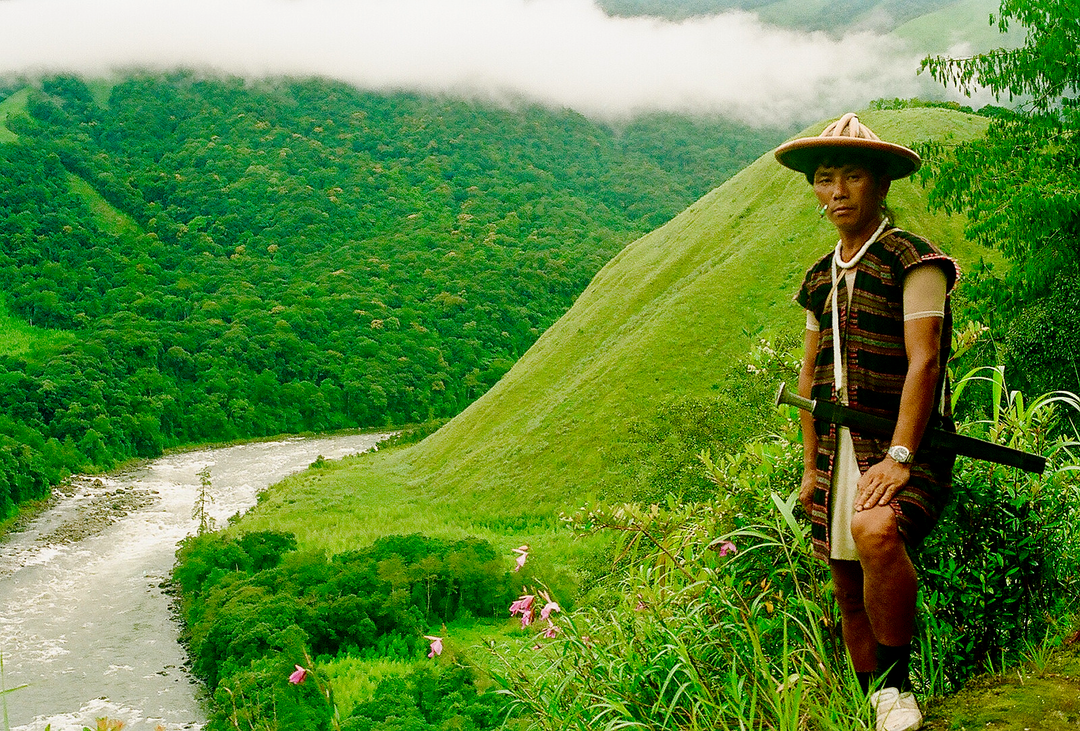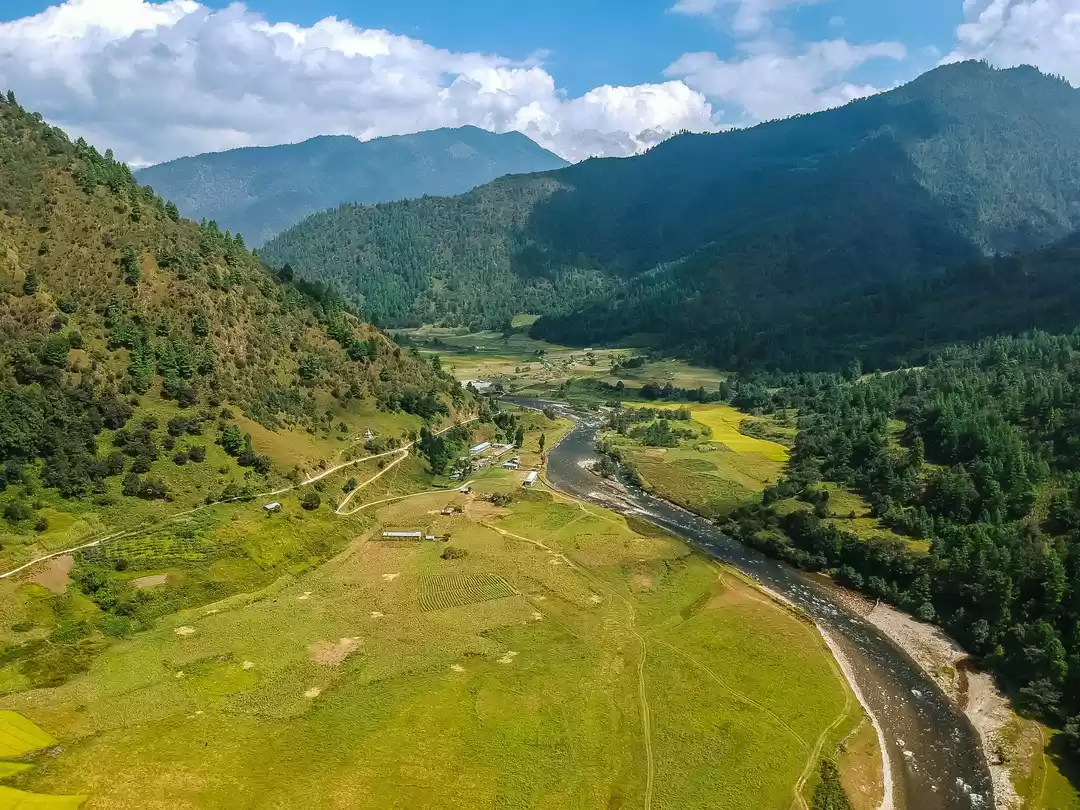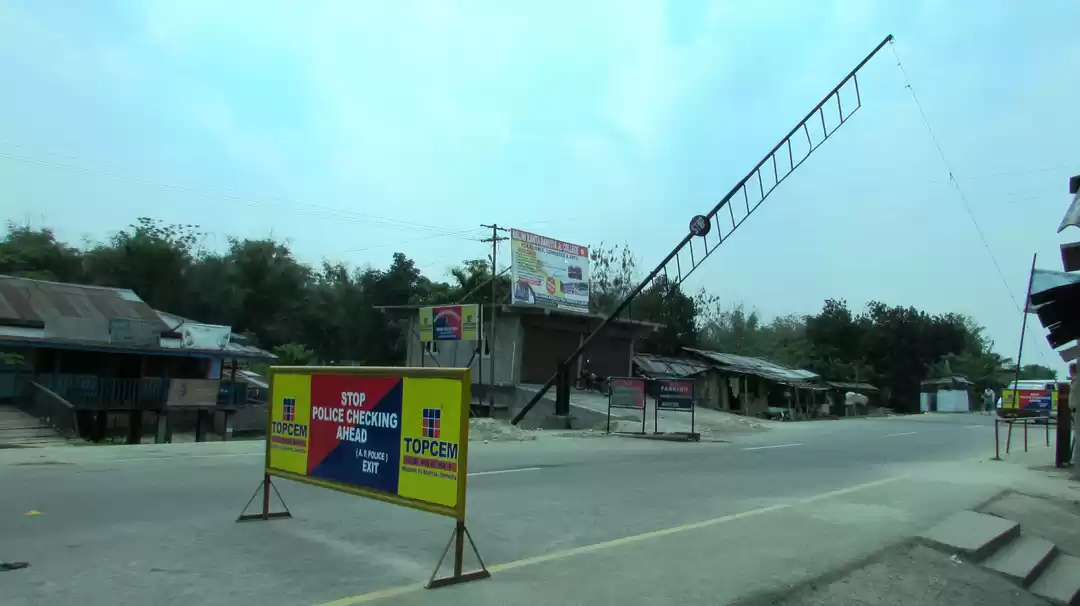
Nestled amidst the scenic landscapes of Arunachal Pradesh, the Golden Pagoda in Namsai stands tall as a symbol of serenity and spiritual magnificence. Adorned with golden hues that shimmer under the sun, this architectural marvel is a must-visit destination for those seeking a tranquil retreat. Let's embark on a journey to discover the secrets of the Golden Pagoda, including how to reach, where to stay, what to do and explore, and an estimate of the total trip cost.
How to Reach Namsai:
Namsai is well-connected by air, road, and rail. The nearest airport is Dibrugarh Airport in Assam, which is approximately 150 kilometers away. From the airport, you can hire a taxi or take a bus to reach Namsai. If you prefer traveling by train, the nearest major railway station is Tinsukia Junction, which is around 90 kilometers away. From there, you can hire a taxi or take a bus to reach Namsai. The town is also well-connected by road, and buses and taxis are available from nearby cities and towns.
Where to Stay:
Namsai offers a range of accommodation options to suit various budgets. You can find comfortable hotels, guesthouses, and homestays in and around the town. Some popular choices include the Golden Pagoda Resort, which provides a serene ambiance with beautiful views of the pagoda, and local homestays that offer an opportunity to experience the warmth and hospitality of the local culture.
What to Do and Explore:
1. Marvel at the Golden Pagoda: The centerpiece of your visit, the Golden Pagoda is a sight to behold. Take your time to admire its intricate architecture, vibrant colors, and the peaceful atmosphere that envelops the premises.
2. Meditate at the Meditation Center: The Golden Pagoda complex houses a meditation center where visitors can find solace and inner peace. Engage in meditation and mindfulness practices to rejuvenate your mind and body.
3. Explore the Gardens: The pagoda is surrounded by well-manicured gardens, adorned with colorful flowers and lush greenery. Take a leisurely stroll and immerse yourself in the beauty of nature.
4. Visit the Monasteries: Namsai is also home to several Buddhist monasteries that provide a glimpse into the local Buddhist culture and traditions. The Chowkham and Lekang monasteries are worth a visit.
5. Experience Local Cuisine: Don't miss the opportunity to savor the local cuisine of Arunachal Pradesh. Indulge in authentic tribal delicacies and traditional dishes that offer a unique gastronomic experience.
Culture and Traditions:
The culture of Namsai is deeply influenced by the indigenous tribes that call this region home. The major tribes include the Tai Khamti, Singpho, and Deori, each contributing unique customs, festivals, and traditional practices. Engage with the friendly locals and witness their traditional attire, music, dance forms, and artistry. Don't miss the opportunity to attend local festivals like Sangken and Loku to witness the colorful celebrations and get a glimpse into their cultural heritage.
Warm Hospitality:
The people of Namsai are known for their warm hospitality and welcoming nature. Homestays offer an excellent opportunity to experience the local way of life firsthand. Stay with a local family, partake in their daily activities, and indulge in lively conversations. You'll not only gain insights into their customs but also forge connections that will make your visit even more memorable.
Traditional Cuisine:
Namsai's culinary delights are a true reflection of its diverse population. The local cuisine is a delightful blend of flavors, using fresh ingredients sourced from the region's abundant natural resources. Here are some must-try dishes:
1. Apong: This traditional rice beer is a favorite among the locals. Made from fermented rice, it is often enjoyed during festivals and social gatherings.
2. Pika Pila: A popular Singpho dish, Pika Pila consists of steamed pork mixed with local herbs and served with sticky rice. It's a burst of flavors that will tantalize your taste buds.
3. Khamti-style Fish Curry: Fish holds a special place in the culinary traditions of Namsai. The Khamti-style fish curry, prepared with locally caught fish, features a tangy and aromatic gravy that is best enjoyed with steamed rice.
4. Tungtap: This Singpho delicacy is a type of chutney made from fermented fish, chili, and ginger. It adds a punch of flavors to any meal and is a beloved condiment in the region.
5. Vegetable Stews: Namsai's fertile lands yield a bounty of fresh vegetables. Enjoy hearty and nutritious vegetable stews prepared with local produce, often flavored with traditional herbs and spices.
As you savor these delightful culinary creations, you'll not only treat your taste buds but also gain a deeper appreciation for the region's cultural heritage and the significance of food in their way of life.
Exploring the local culture and savoring the traditional cuisine of Namsai is an essential part of any visit to this enchanting destination. Embrace the warmth of the locals, delve into their customs, and indulge in the flavors that will leave an everlasting impression on your journey through Arunachal Pradesh.
Total Cost of the Trip:
The total cost of the trip to the Golden Pagoda in Namsai will depend on various factors such as mode of transportation, accommodation preferences, and personal expenses. On average, a moderate budget traveler can expect to spend around ₹10,000 to ₹15,000 ($135 to $200) per person for a 3-day trip, including transportation, accommodation, meals, and local sightseeing.
Visiting the Golden Pagoda in Namsai is not just a visual treat but also a soul-stirring experience. So, pack your bags, embrace the tranquility, and embark on a journey to discover the golden splendor that awaits in the heart of Arunachal Pradesh.
